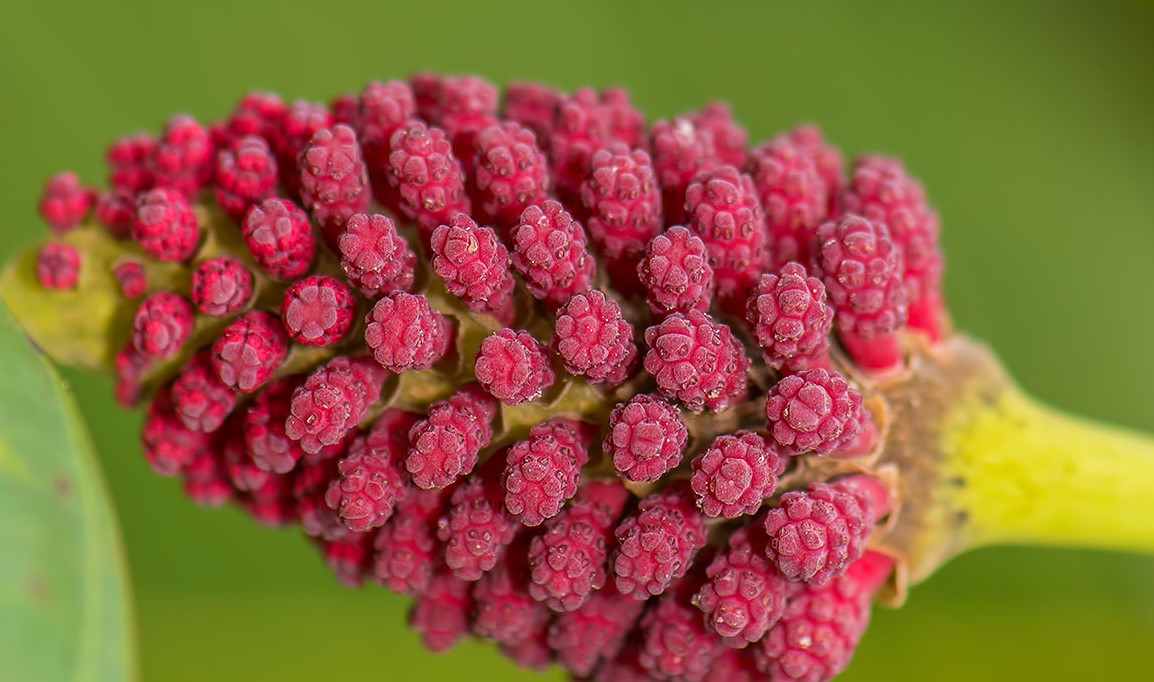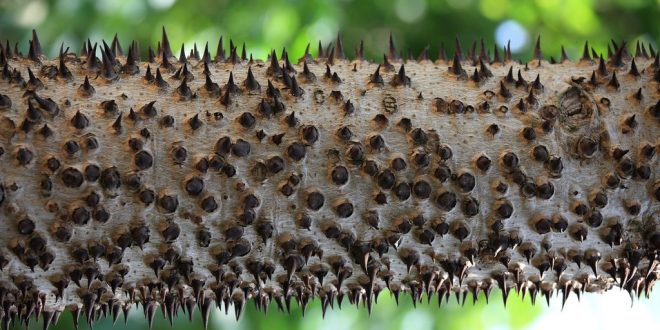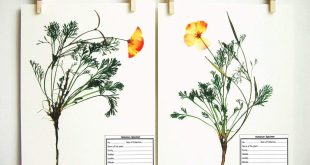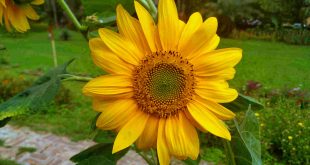Have you ever heard about nature being so furious with us and producing explosives? Producing Explosives through “The Dynamite Tree”? Well, if the answer is a no, then here I am to introduce you to one of the most dangerous trees you’ll ever hear about! In most of the places, you will find the tree titled “Hura crepitans: Exploding Fruits”. This tree is native to South Africa and found in the Amazon rain forest and some invasive species in parts of Tanzania. It can reach up to 60 meters(200 feet). It has smooth and brown bark with a covering of dark and pointy spikes. Therefore, these sharp spikes earned the tree a unique name “Monkey no-climb”.
Best safe and secure cloud storage with password protection
Get Envato Elements, Prime Video, Hotstar and Netflix For Free
Best Money Earning Website 100$ Day
#1 Top ranking article submission website

About Hura
Before proceeding towards the climax we must know about Hura. There are so many exciting names of Hura crepitans such as The Sandbox Tree, Possomwood and Jabilo. It is an angiosperm from the family Euphorbiaceae. They prefer wet soil and partial shade and partial full sun to grow. Their large and ovate leaves grow up to 2 feet.
Flowers
The stalk of the flower is 10 cm long. Their flowers are monoecious and un-petaled. The male flower is long and spiked. They look like berries because of their shape and the marvelous looking dark red color. Male flowers are ovoid to conical ( 5 by 2 cm). They grow on long spikes but the female ones are solitary. They look like an opened umbrella with 12-16 finger-like outgrowth.

The Explosion
The natural explosive is actually the fruit of Hura. They are pumpkin-shaped capsules, 3-5 cm in length and 5-8 cm in diameter. There are 16 carpels arranged radially around the central axis of the fruit. These fruits are poisonous and can inflict harm. So consequently, the fruiting body can explode when ripe. In the moment of explosion, they make a loud noise and split into segments and fling shrapnel of big, hard seeds at 240 km/h( 150 mph). Thus, it can cause serious injuries! This is why the tree is commonly known as “The Dynamite Tree”.
The Harmful Parts
The shell of the fruit is very poisonous. If bracelets and necklaces are made by those, there are possibilities of getting infected by dermatitis. It is among the 14 commoner causes of plant contact dermatitis in the Dominican Republic. Tree fellers have to cover their eyes so that the poisonous sap of the tree can not cause temporary blindness.

Usefulness
This tree is both ornamental and medicinal. Other useful sides are mentioned below:
- The tree is good for treating skin disease, rheumatism, and intestinal worm.
- Doctors use the bark extract to cure leprosy.
- In the USA they use it to produce tear gas.
- People use the wood of Hura for light construction.
- Fishermen use the milky sap to poison fish.
- Caribs make arrow poison from the sap of the tree.
- Once a time people used the pumpkin-shaped fruit for holding fine dry sand. They used the sand for blotting ink before the introduction of blotting paper. After that, the tree got another common name ‘Sandbox Tree’.
References:
Revised by
- Md. Siddiq Hasan on 12 September 2020
- Noushin Sharmili Suzana on 12 August, 2021
 Plantlet The Blogging Platform of Department of Botany, University of Dhaka
Plantlet The Blogging Platform of Department of Botany, University of Dhaka






Very much enjoyed it suzi
Thank you so much for your support.
Didn’t know about this.Such an interesting read!
Really interesting!!
This article says the species is native to South Africa, but that is an error. It should say “South America”.